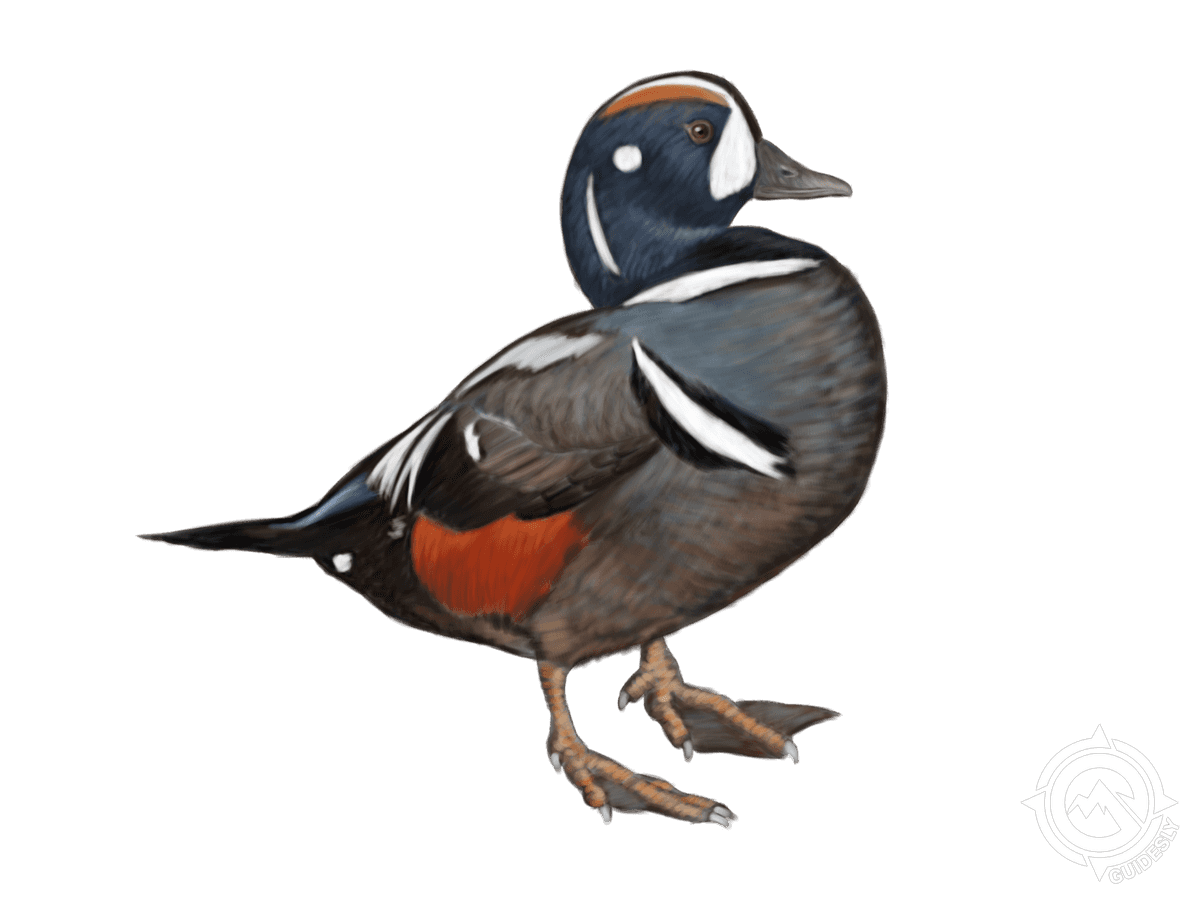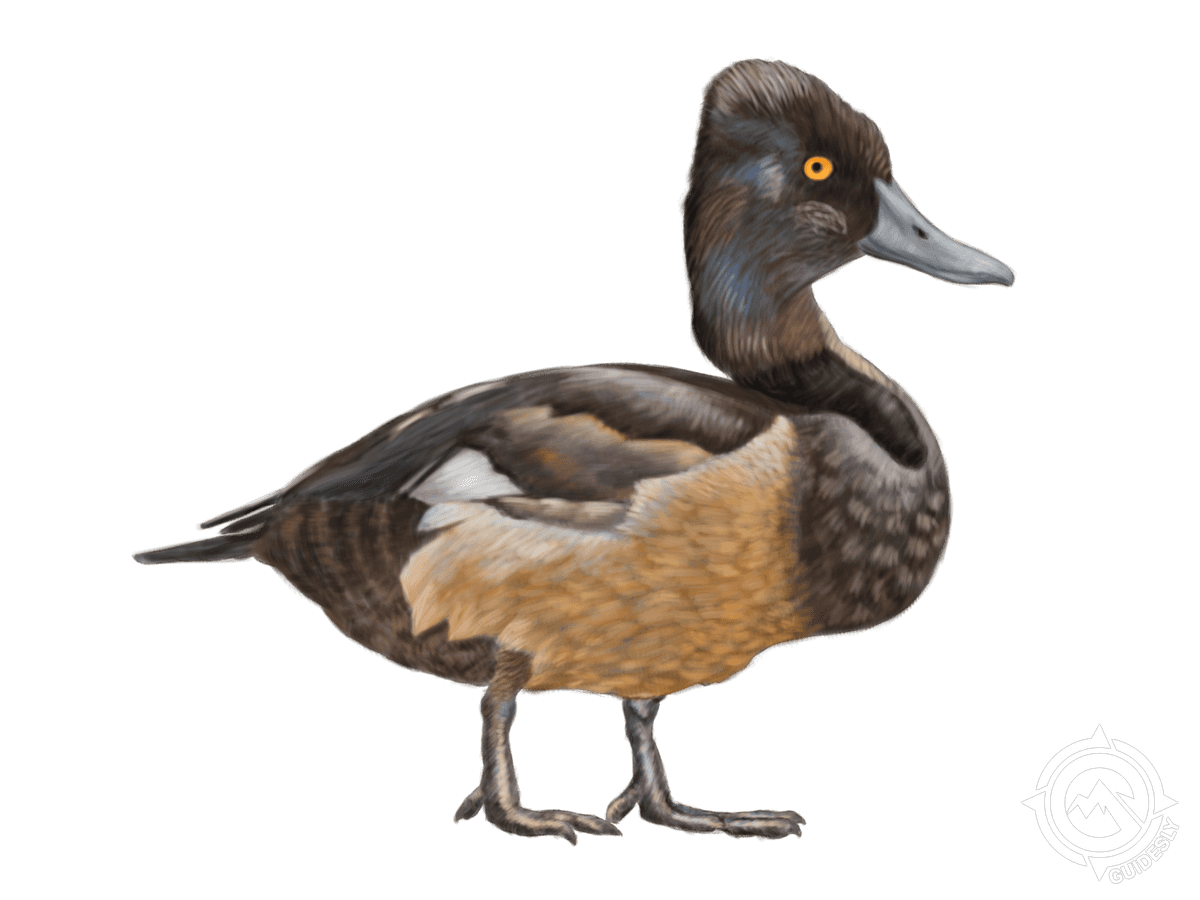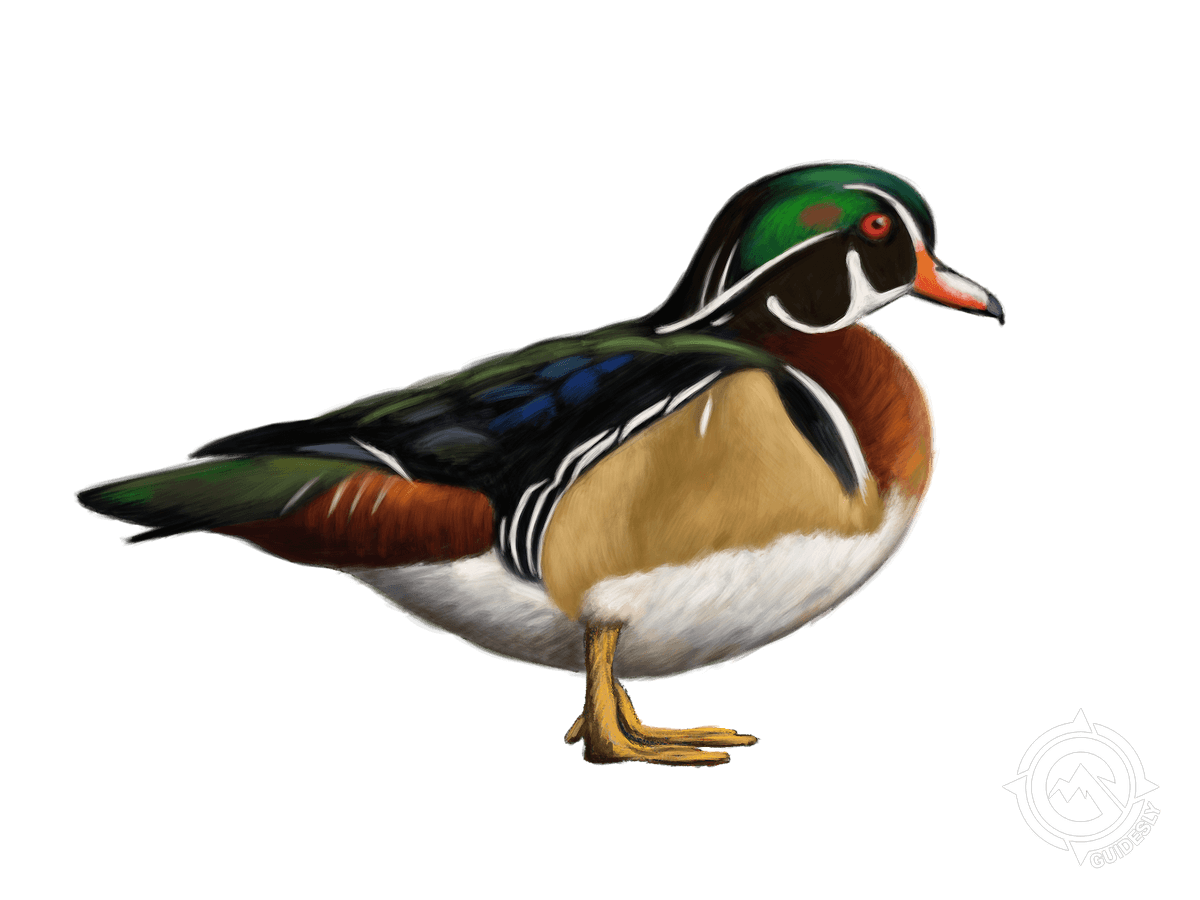Top-Rated Duck Hunting in DFW Metroplex
- Published Date: July 17, 2025
- Fishing
- Forney, TX
- $100 - $500 price range
- Updated Date: October 31, 2025
Summary
%2F%2Fusers%2F6f21ecc2-fc45-46f2-bdee-bf85b3d5bd7c%2Fratecard%2Fimg_9242.jpg&w=1200&q=75)
Duck Hunting Bonanza: DFW's Hidden Hotspots
Ready to bag some ducks in the heart of Texas? Lead Slingers Outdoor Fishing & Bowfishing Guide is offering a can't-miss waterfowl hunt that'll have you wading through the best public lakes around the DFW Metroplex. This ain't your average guided trip – it's a crash course in outsmarting other hunters and filling your limit on busy public land. Whether you're a seasoned pro or a greenhorn looking to learn the ropes, this hunt's got something for everyone.
Inside the Hunt
You'll be teaming up with a local expert who knows these waters like the back of his hand. We're talking Eagle Mountain, Lavon, Amon G. Carter, Arrowhead, and Tawakoni – some of the top duck hunting spots in North Texas. Your guide's been bagging birds here for years, and he's ready to share all his tricks of the trade. You'll learn how to scout effectively, set up killer spreads, and call in birds like a pro. This isn't just about pulling triggers; it's about becoming a better all-around waterfowler.
Tracking Tips & Terrain
Public land hunting is a whole different ballgame, and we'll show you how to play it right. You'll get the lowdown on reading the weather, finding hidden pockets where ducks like to hide, and staying one step ahead of other hunters. We'll cover everything from decoy placement to proper calling techniques. And if you're up for a real adventure, we can even head west to Stamford for some primo hunting grounds (though heads up, that'll change the price a bit).
What You Need to Know
Before you grab your shotgun and head out, there's some paperwork to handle. You'll need a Texas hunting license ($25), plus the Migratory Game Bird Stamp endorsement. If you want to go all out, spring for the Super Combo license ($68) – it'll cover all your bases. Don't forget to snag your Federal Duck Stamp ($25) and Annual Public Hunting Permit ($48) too. New to hunting? You'll need to complete a hunter education course. Don't worry, we'll walk you through the whole process to make sure you're legal and ready to roll.
Target Game Breakdown
Wood Duck: These colorful acrobats are a favorite among Texas hunters. They're fast, agile, and love to hang out in flooded timber. Early season is your best bet for wood ducks, as they tend to migrate south pretty quick. When you see that iridescent green head pop up, get ready for some lightning-fast shooting.
Ring-necked Duck: Don't let the name fool you – you'll spot these diving ducks by their white ring near the bill, not their neck. They're late-season visitors to Texas, showing up in big numbers from December through January. Ring-necks love deep water, so focus on the main lake bodies for your best shot at bagging a limit.
Gadwall: Often overlooked but always delicious, gadwalls are the unsung heroes of Texas duck hunting. These gray ducks might not be as flashy as some, but they're plentiful and make for some great eating. Look for them in shallow, marshy areas throughout the season.
Harlequin Duck: While not common in Texas, spotting a harlequin is like hitting the waterfowl lottery. These sea ducks occasionally show up on inland lakes during harsh northern winters. If you're lucky enough to see one of these stunningly patterned birds, consider it the highlight of your season – even if you can't add it to your bag.
Book Your Next Tag
This limited-offer duck hunt is your ticket to upping your waterfowl game on some of the best public land Texas has to offer. Whether you're looking to fill your freezer or just want to spend a day outsmarting some of the wiliest birds around, we've got you covered. The season kicks off November 8th and runs through December 1st, then picks back up from December 20th to January 26th. Spots are filling up fast, so don't wait – give us a call and let's get you out on the water. It's time to see what real Texas duck hunting is all about!
Learn more about the animals
Gadwell Duck
Gadwalls might not be the flashiest ducks out there, but they're a staple of our DFW hunts. These medium-sized ducks, about 2 pounds, have a subtle beauty with intricate gray and brown patterns. You'll find them in shallow marshes, ponds, and along the edges of larger lakes. They're big fans of aquatic vegetation, so areas with plenty of underwater plants are gadwall hotspots. Peak season for these birds is mid-November through January. Hunters appreciate gadwalls for their consistent presence and the sport they provide. They're strong flyers and often travel in pairs or small groups. Their meat is top-notch too - mild and lean. Here's a local secret: gadwalls are suckers for widgeon grass. If you can find a patch, you're almost guaranteed some action. When setting decoys, try mixing in a few widgeon decoys. Gadwalls often hang out with them and are drawn to their white patches.

Harlequin Duck
Harlequin ducks are a rare treat in the DFW area. These small, striking ducks are more commonly found on rough coastal waters, so spotting one inland is a real prize. They're compact, weighing about 1.5 pounds, with boldly patterned plumage that's hard to miss. When we do see them, it's usually in fast-moving streams or rocky shorelines of our bigger lakes. Late fall through winter is your best bet for a harlequin sighting. Hunters prize them for their unique appearance and the challenge they present. These birds are strong swimmers and divers, often feeding in turbulent water that other ducks avoid. They're also quite wary, so stealth is key. If we're lucky enough to spot some, my advice is to set up well-concealed and be patient. Harlequins are creatures of habit, so if you see them once, chances are they'll return to the same spot.

Ring-necked Duck
Ring-necked ducks are medium-sized diving ducks that'll give you a run for your money. Don't let the name fool you - their most noticeable feature is actually the white ring near the tip of their bill. These birds prefer deeper water, so we'll focus on the center of lakes or flooded areas with depths of 3-5 feet. They're late migrants, showing up in good numbers from December through January. Ring-necks are fast flyers and excellent divers, making them a challenging and exciting target. Hunters appreciate their speed and the tasty, lean meat they provide. These ducks often mix in with other diving species, so stay sharp and be ready to identify your target quickly. Pro tip: on windy days, set up on the downwind side of a point or island. Ring-necks like to ride the wind in, giving you a great shot opportunity as they slow down to land.

Wood Duck
These colorful ducks are a treat to hunt around the DFW Metroplex. Wood ducks are on the smaller side, usually weighing 1-2 pounds, but what they lack in size they make up for in beauty. You'll often spot them near wooded areas along lake edges or in flooded timber. They're early risers, so we'll need to be out before dawn to catch them. Wood ducks are most active in the fall, making October and November prime hunting months. Folks love going after these birds for their striking plumage and tender, sweet meat. They're fast and agile flyers, so leading your shot is crucial. One local trick: set up near acorn-producing oak trees if you can find them. Wood ducks can't resist a good acorn feast, and it often brings them right into range. Just remember, they spook easily, so keep movement to a minimum once we're set up.

%2Ffit-in%2F250x250%2Fguide_websites%2F1085%2Fimages%2Fpng_squarecolor.png&w=1200&q=100)

%2Fusers%2F6f21ecc2-fc45-46f2-bdee-bf85b3d5bd7c%2Fimages%2Fforney-outdoor-escapades-2935.jpg&w=768&q=75)
%2Fusers%2F6f21ecc2-fc45-46f2-bdee-bf85b3d5bd7c%2Fimages%2Fwhite-bass-texas-fishing-3050.jpg&w=768&q=75)
%2Fusers%2F6f21ecc2-fc45-46f2-bdee-bf85b3d5bd7c%2Fimages%2Fanglers-fishing-trip-tx-3028.jpg&w=768&q=75)
%2Fusers%2F6f21ecc2-fc45-46f2-bdee-bf85b3d5bd7c%2Fimages%2Foutdoor-enthusiasts-forney-2960.jpg&w=768&q=75)
%2Fusers%2F6f21ecc2-fc45-46f2-bdee-bf85b3d5bd7c%2Fimages%2Fwiper-fish-forney-catch-3043.jpg&w=768&q=75)
%2Fusers%2F6f21ecc2-fc45-46f2-bdee-bf85b3d5bd7c%2Fimages%2Fcouple-fishing-texas-3199.jpg&w=768&q=75)
%2Fusers%2F6f21ecc2-fc45-46f2-bdee-bf85b3d5bd7c%2Fimages%2Fforney-fishing-triumph-3106.jpg&w=768&q=75)
%2Fusers%2F6f21ecc2-fc45-46f2-bdee-bf85b3d5bd7c%2Fimages%2Fbountiful-bass-wiper-tx-3463.jpg&w=768&q=75)
%2Fusers%2F6f21ecc2-fc45-46f2-bdee-bf85b3d5bd7c%2Fimages%2Fhuge-striped-bass-wiper-catch-3052.jpg&w=768&q=75)
%2Fusers%2F6f21ecc2-fc45-46f2-bdee-bf85b3d5bd7c%2Fimages%2Foutdoor-adventurers-forney-3020.jpg&w=768&q=75)

